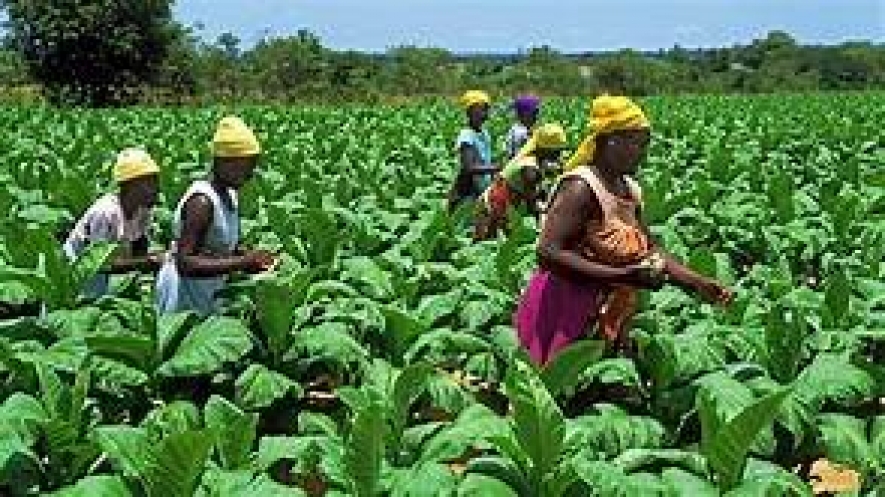Among all types of full time farmers in Sri Lanka, tobacco farmers are one of the most profitable, earning regular margins of 20 percent or higher, according to the industry.A tobacco farmer representative at the session said that many leading tobacco farmers have well-established value chains and this could be easily used in diversification to alternative, high margin crops. Dr. Chatura Rodrigo said the farmers who grow tobacco for cigarette manufacturing are used to forward contracts with guaranteed prices and a market place; therefore, they expect a value chain that provides them the same conditions.
He added that however, farmers believe they need support from the government in identifying feasible diversification options. "Government must play a lead role in this regard to identify suitable crops and provide financial assistance," he said adding that evidence-based policy making is needed.
The GSC�s research report proposes four models of diversification of Lankan tobacco farming ahead of 2020 ban; tobacco-cash crop model for export oriented value chains, tobacco-cash crop model under Good Agricultural Practices (GAP) value chain for EU, tobacco-organic cash crop value chain aimed at the export market, and tobacco specific fruits aimed at local manufacturers under guaranteed prices. The report recommends that the following three cross cutting themes could be used to make the above four models even more profitable-incorporating animal husbandry, Gliricidia cultivation and aquaculture/ornamental fisheries.
ccording to Minister Bathiudeen more than 3300 metric tons of tobacco are produced in Sri Lanka. When it comes to cultivation, only a very small percentage of lands are used -at 0.07 percent of all agricultural lands only- by tobacco, a factor which helps to speed up any proposed diversifications.




















